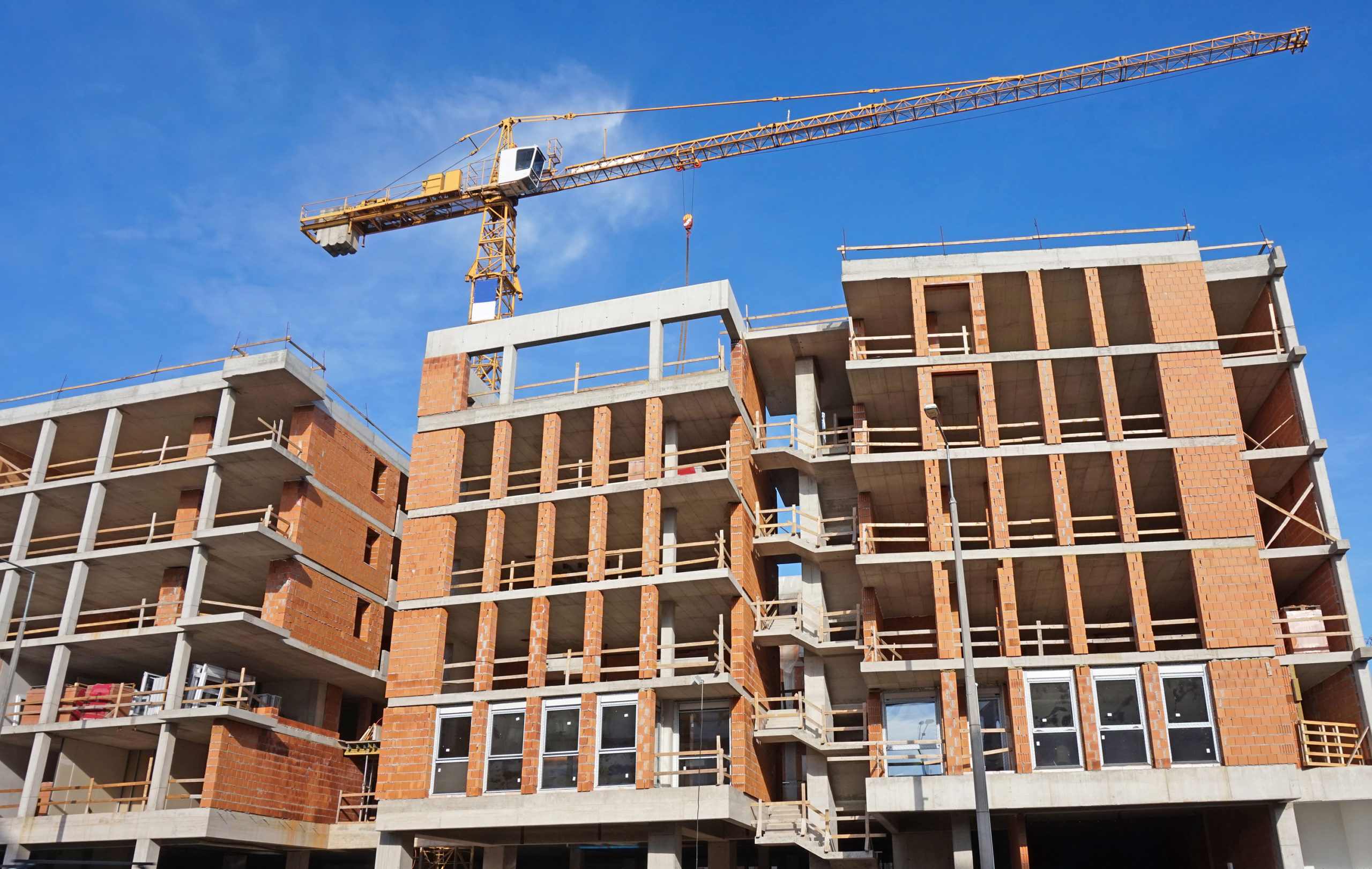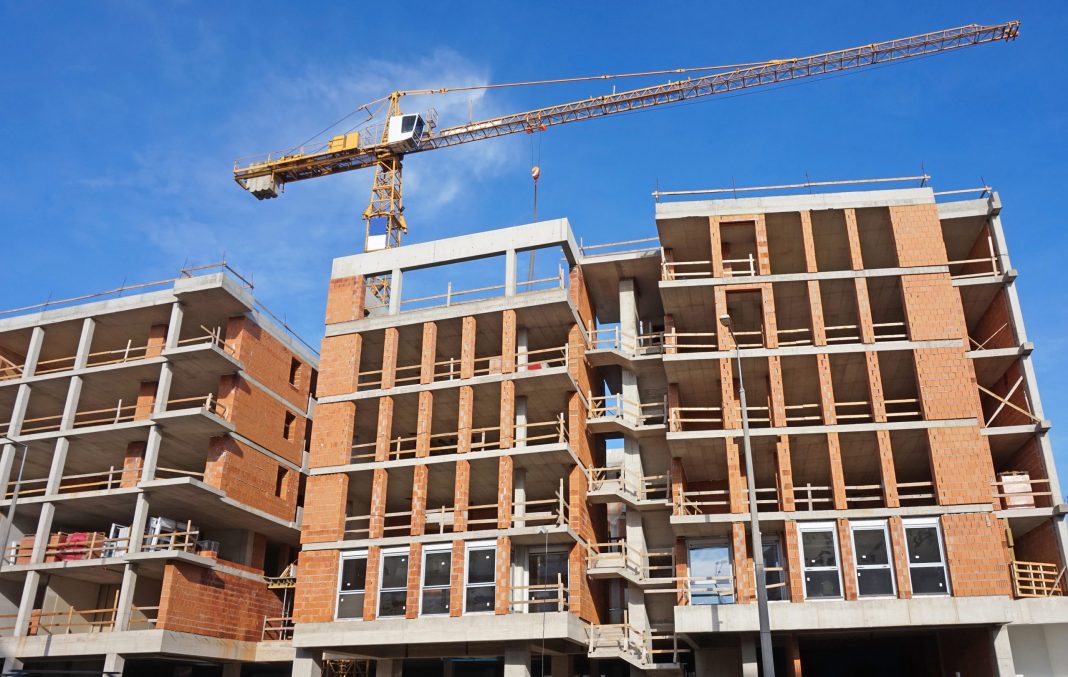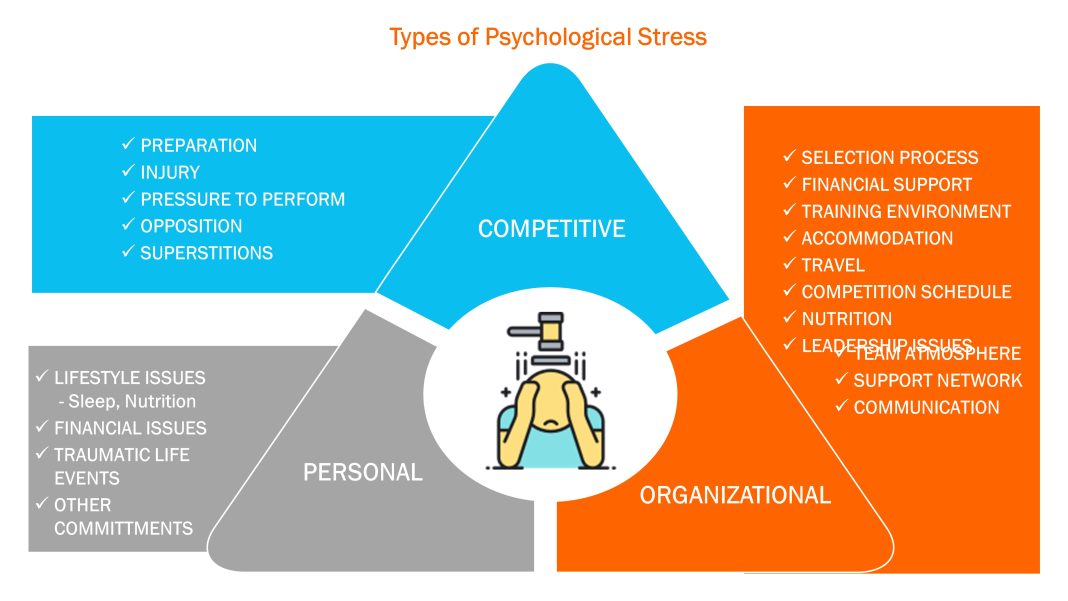 Persistently high interest rates are having a significant impact on the ability of businesses to borrow money for real estate construction. This has resulted in fewer builders seeking permits for multifamily housing units or apartments. Real estate brokerage Redfin analyzed data from January through May of this year and compared it to the same five-month period in 2021, 2022, and 2023. The analysis revealed that builders obtained permits to construct 13 multifamily housing units for every 10,000 people in the U.S. so far this year, a decrease of nearly 30 percent compared to the average of 18 during the same periods in previous years.
Persistently high interest rates are having a significant impact on the ability of businesses to borrow money for real estate construction. This has resulted in fewer builders seeking permits for multifamily housing units or apartments. Real estate brokerage Redfin analyzed data from January through May of this year and compared it to the same five-month period in 2021, 2022, and 2023. The analysis revealed that builders obtained permits to construct 13 multifamily housing units for every 10,000 people in the U.S. so far this year, a decrease of nearly 30 percent compared to the average of 18 during the same periods in previous years.
The decision of builders to seek fewer permits can be attributed to elevated interest rates, which have made it expensive for businesses to borrow money for construction projects. The Federal Reserve raised interest rates from roughly 0.25 percent in March 2022 to a range of 5.25 to 5.5 percent in July 2023, where it has remained steady. These higher interest rates have made it less viable for builders to take on additional projects, leading to a decline in the number of permits sought.
Another factor contributing to the decline in multifamily building permits is the already high supply of new units hitting the market. In recent years, there has been a building boom, resulting in a near-record number of new multifamily units being built. This oversupply of units has made it challenging for property owners to find tenants, leading builders to be more hesitant in seeking new permits.
While multifamily building permits have decreased, the overall inventory of homes for sale has shown strength in the first five months of the year. According to the National Association of Realtors (NAR), there were 1.28 million units in total housing inventory at the end of May, representing a 6.7 percent increase from April and an 18.5 percent increase from May 2023. This increase in inventory is expected to have a positive impact on home prices, with NAR Chief Economist Lawrence Yun predicting that higher inventory will “tame” home price gains in the coming months. The increased supply of homes allows consumers to have more options and make more informed purchasing decisions.
However, the oversupply of apartments is having an effect on rent prices. While multifamily building permits and new construction projects have slowed down significantly, there are still a large number of units finishing construction. This influx of supply has created competition among property owners, resulting in limited growth in rent prices. Redfin reports that asking rents are now only 1 percent higher than they were one year ago, a significant decrease from the 18 percent growth seen during the pandemic. Prospective renters should take advantage of the current market conditions, as once the new apartments fill up with tenants, property owners may start increasing rents again.
Builders are not the only ones feeling the impact of high interest rates. Prospective buyers are also being affected, as elevated mortgage rates combined with high home prices make buying a home an expensive proposition. This has caused many buyers to shy away from the market. However, some buyers believe that this may be the best time to buy, as they perceive the market to be cooling and anticipate getting a good deal. On the other hand, certain sellers believe their properties will sell for top dollar. In reality, the market conditions depend on factors such as the house and location. The hottest properties are either move-in ready or complete fixer-uppers, while those in between tend to sit on the market for longer. Sellers of middle-of-the-road homes can benefit from making cosmetic repairs before listing, while buyers can try negotiating for these types of properties without much wow factor.
Looking ahead, tech real estate marketplace Zillow predicts “price relief on the horizon” for home buyers. The number of fresh listings of homes has risen significantly over the past year, outpacing sales and home price appreciation. Redfin data shows that new listings for residential properties are up 7.3 percent year-over-year in July across the United States. This increase in inventory, coupled with the expectation that mortgage rates will remain high for the rest of the year, could temper competition among buyers and lead to a decrease in home prices.


